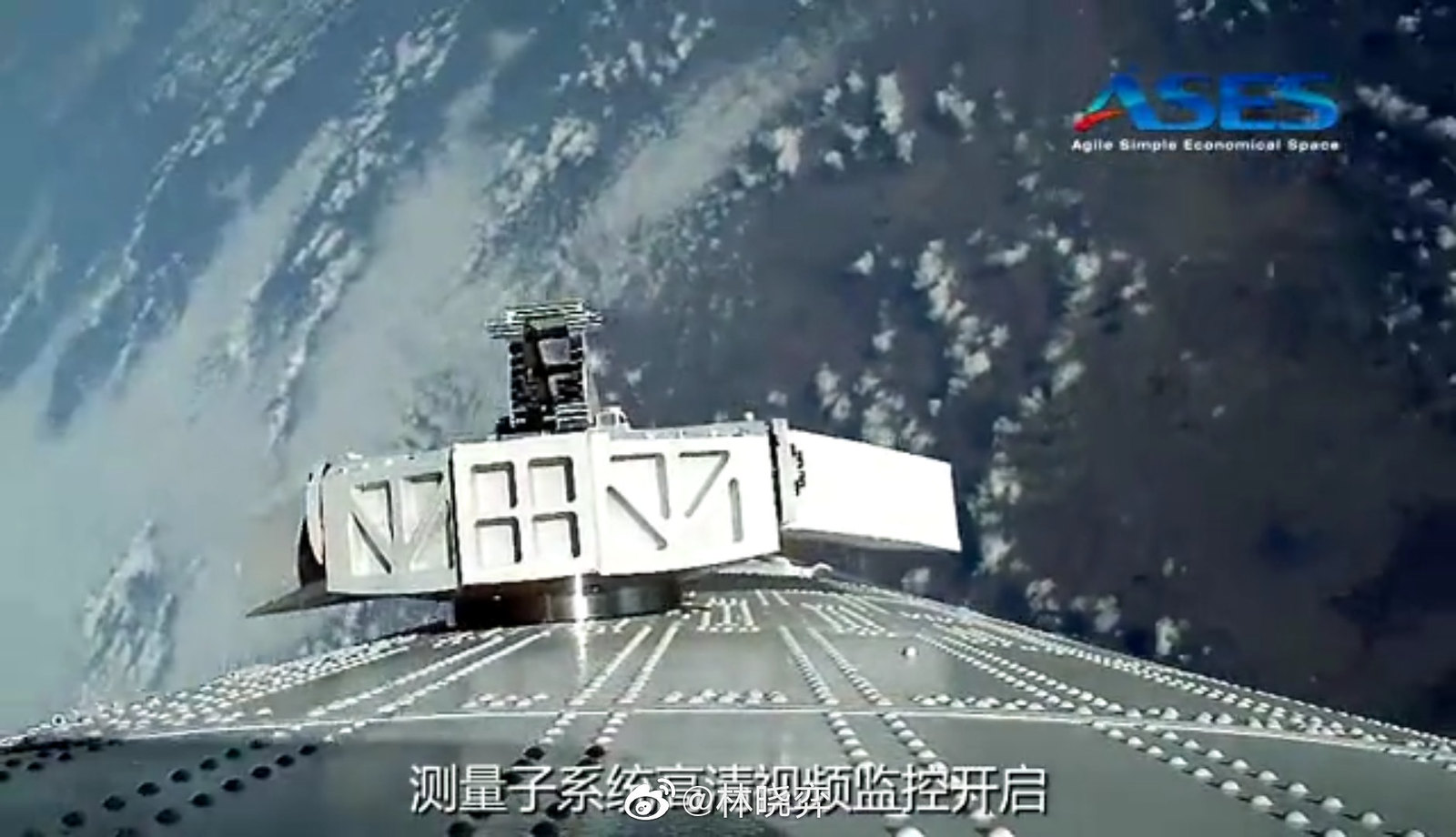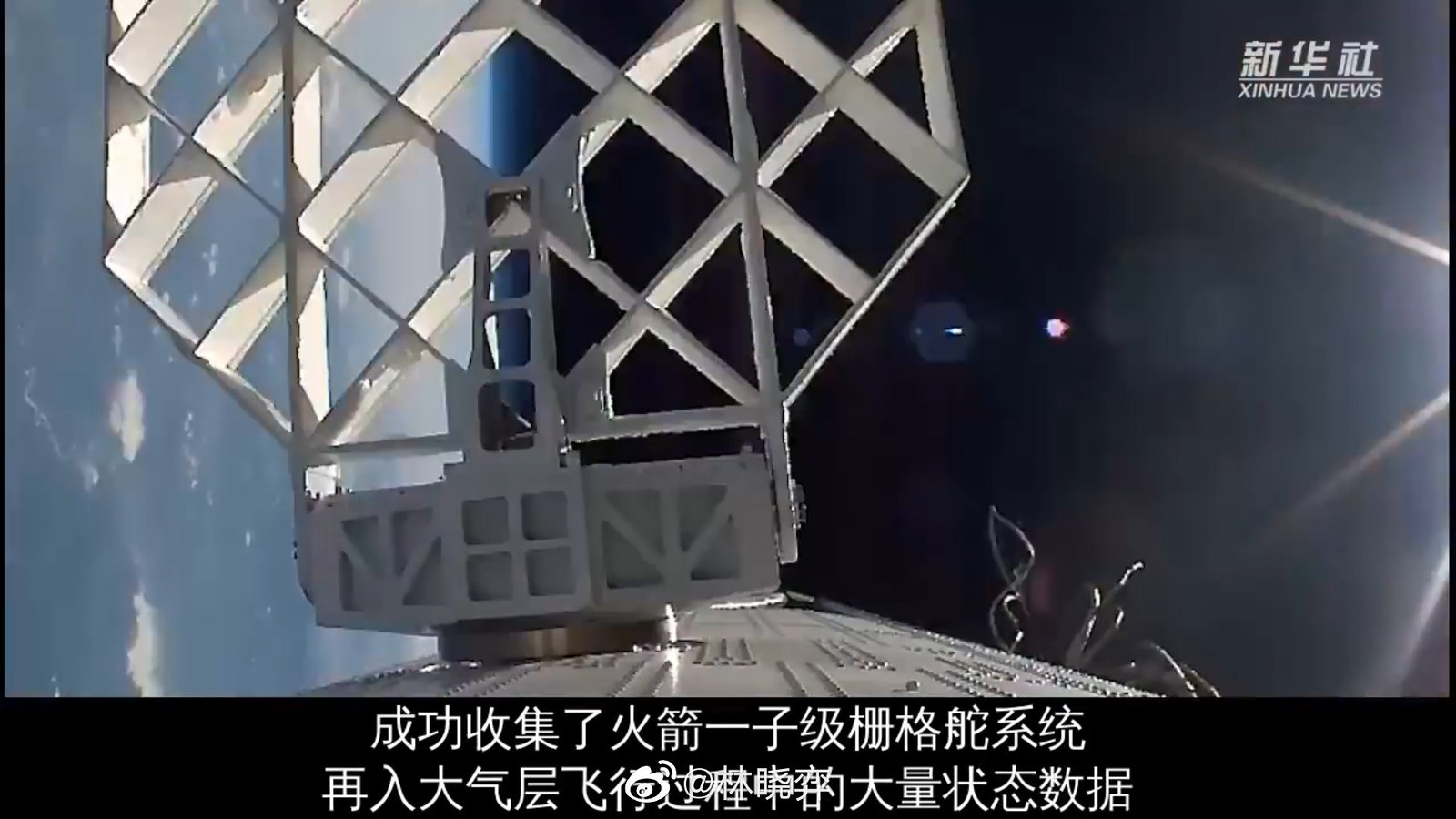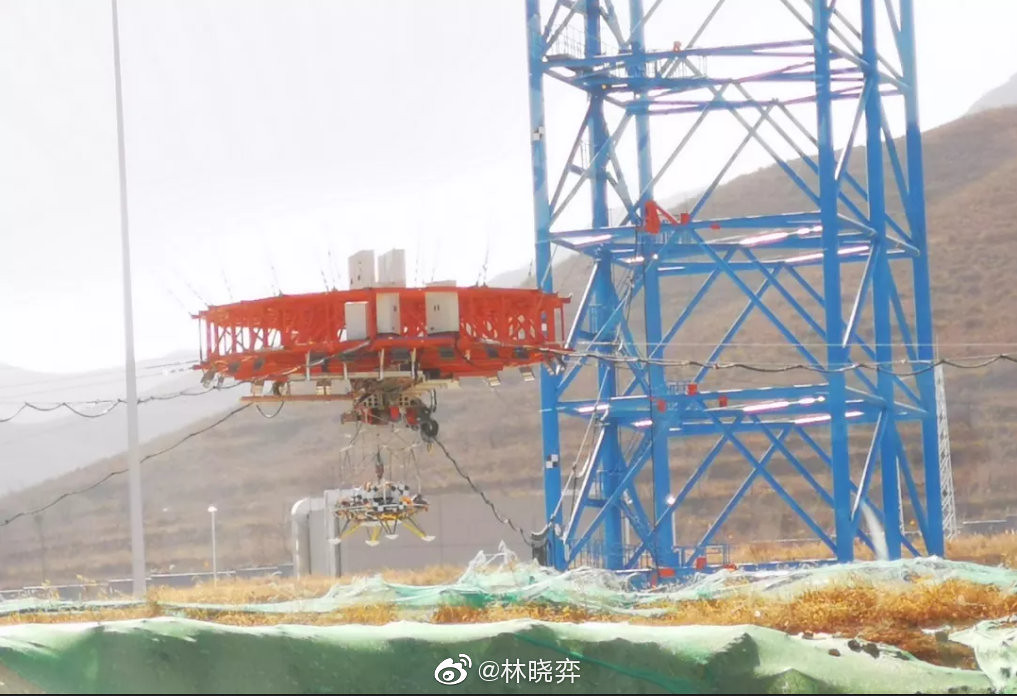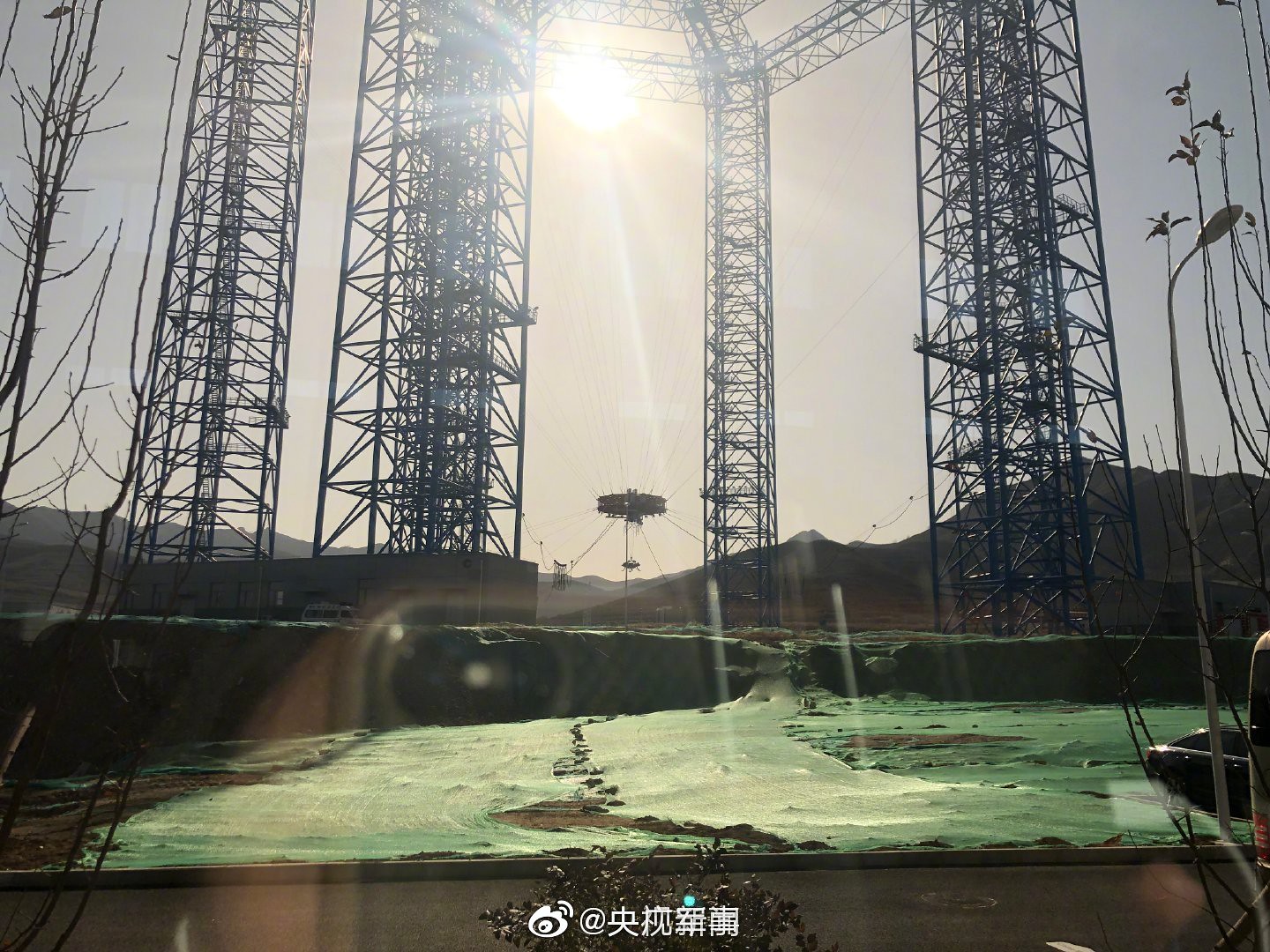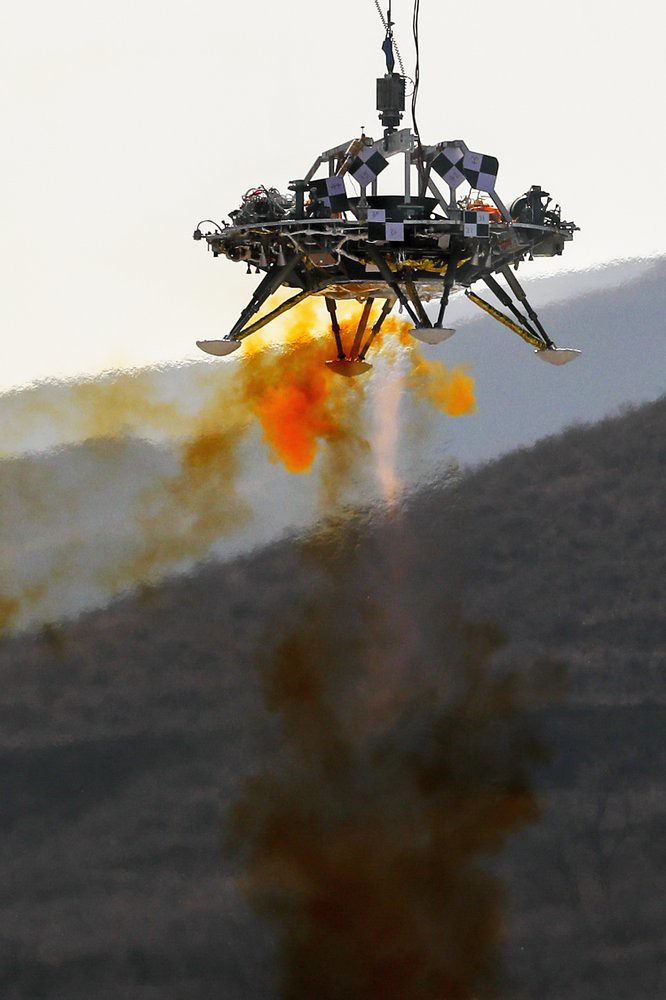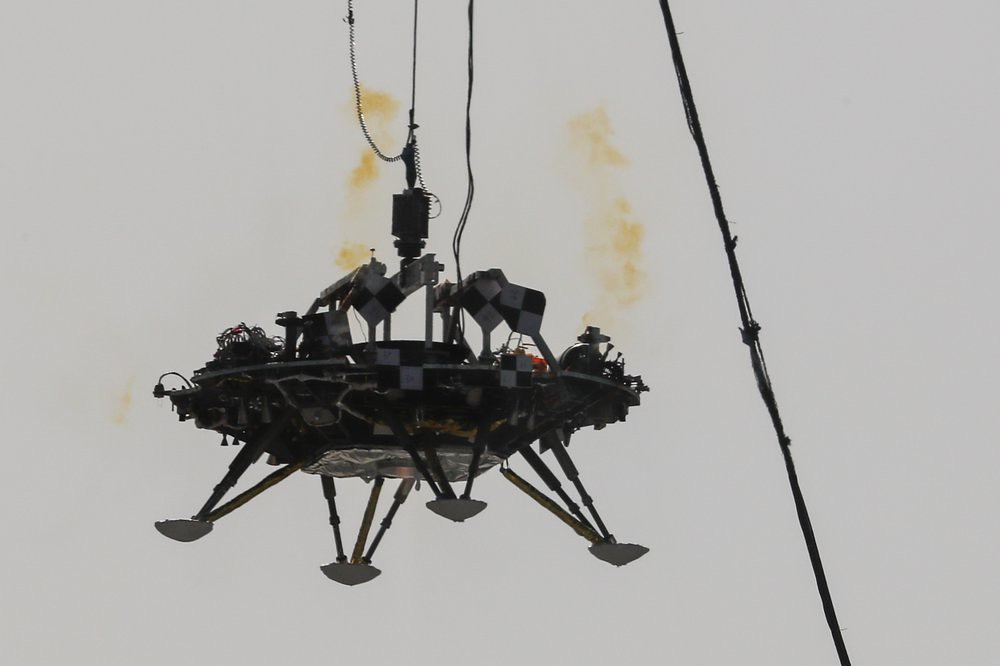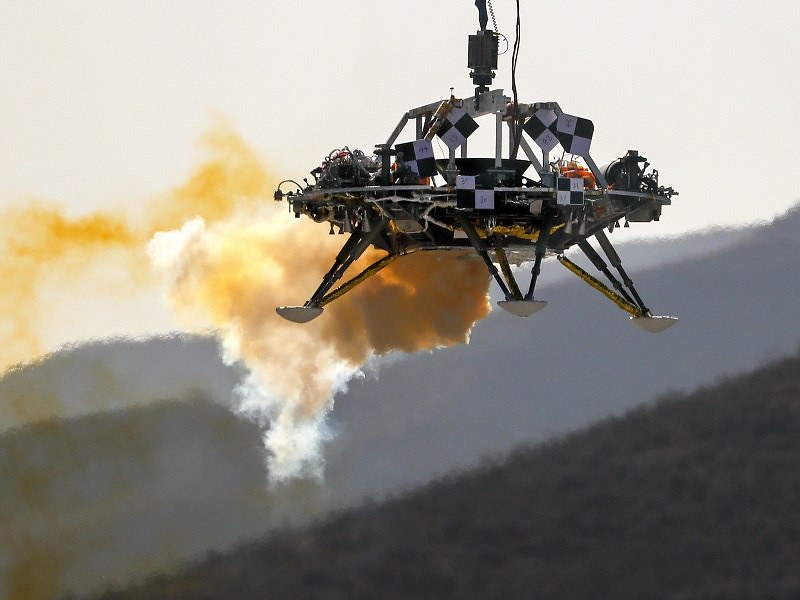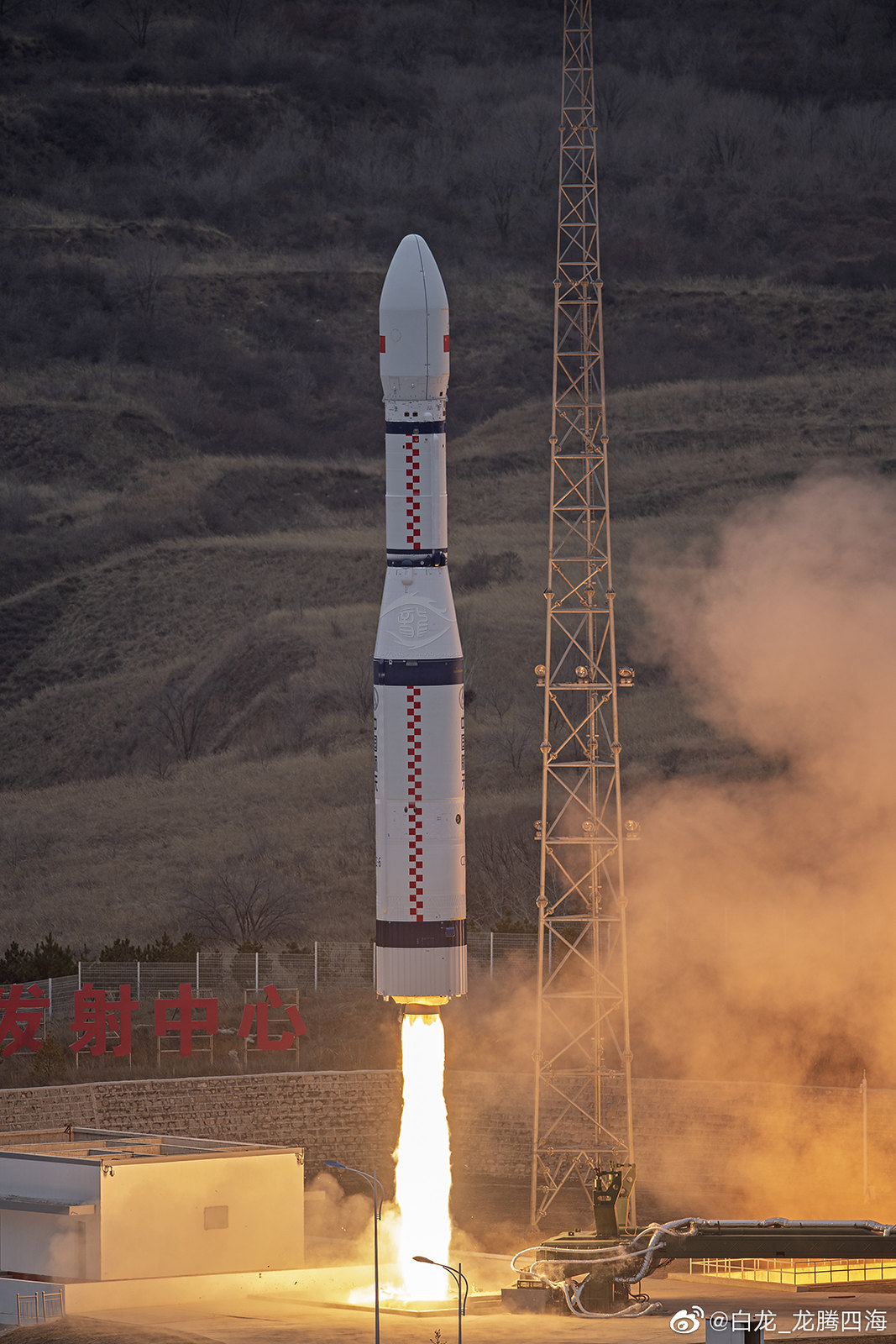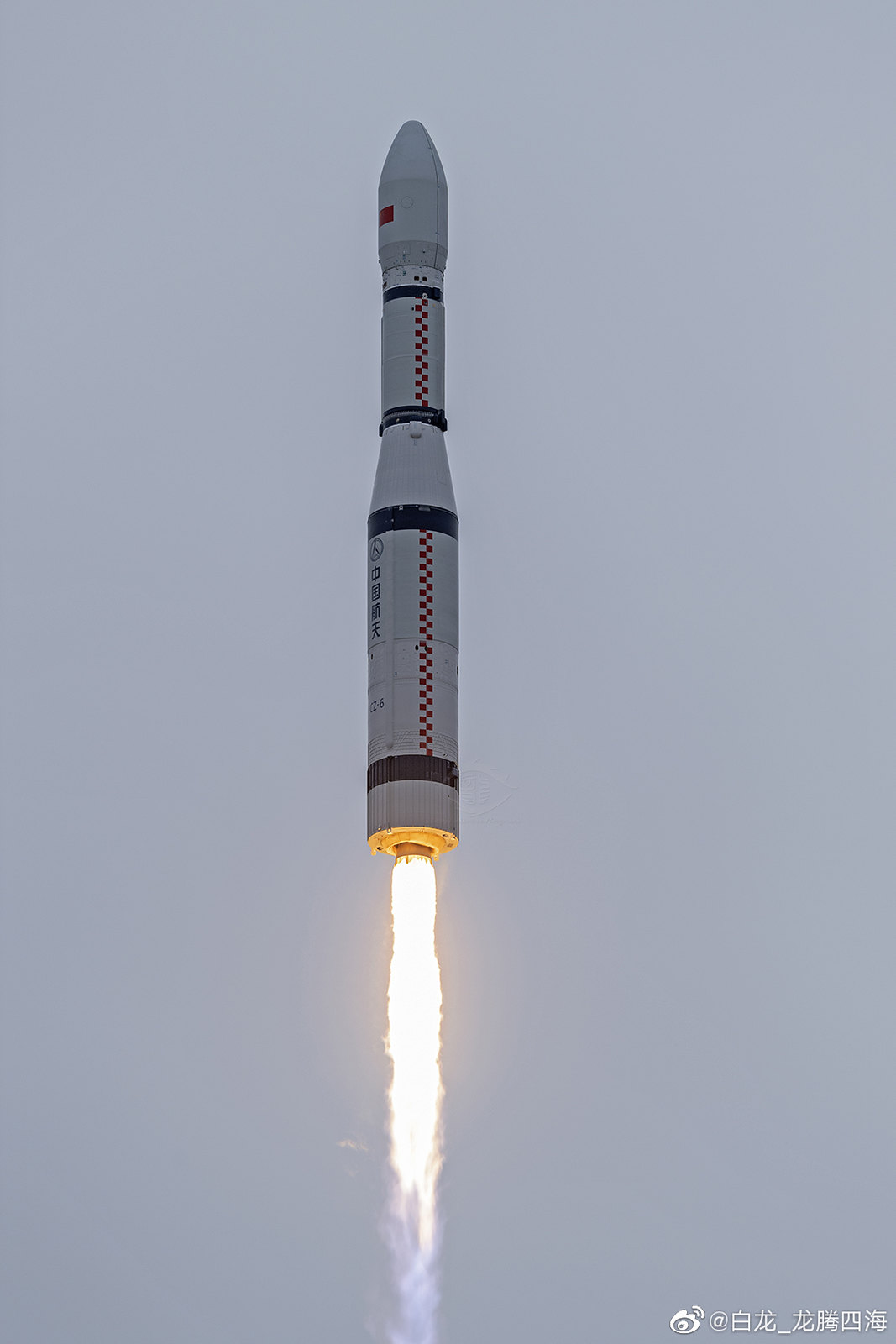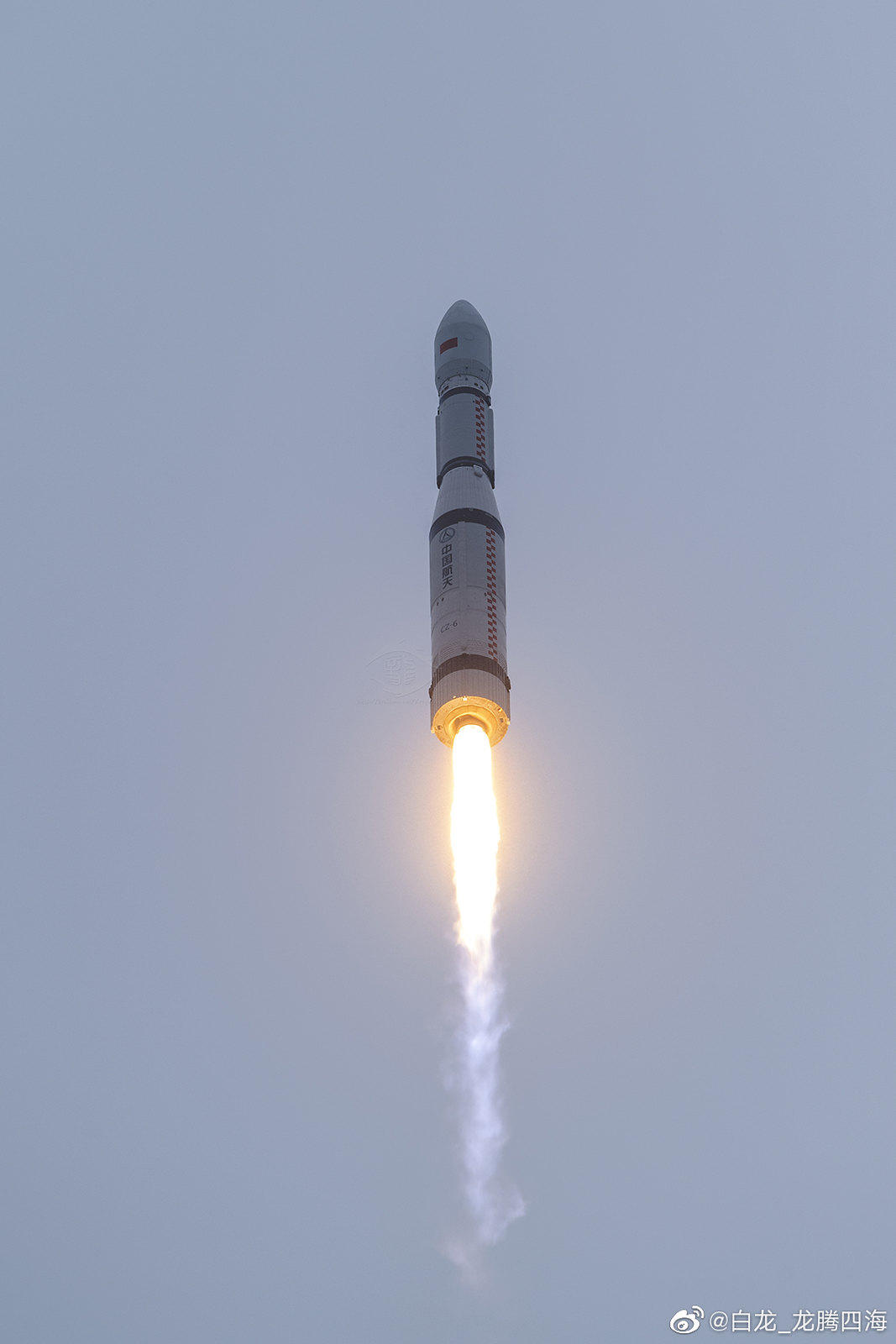Quickie
Colonel
The last column is the payload.
However, this is the currently planned moon rocket, there is no other. There was a CZ-5 based manned moon rocket in the thought called CZ-5DY (Deng Yue, moon landing) in 2013, but that never left paper. Besides, this new CBC rocket is CZ-5 derivative in Chinese mind. Actually, there was only CZ-5 from the beginning,CZ-7 used to be the medium sized CZ-5 in the initial plan, then got its own branch, later on CZ-720 (HO) became CZ-8. The Chinese naming principle is that anything that is based on 3.5m core and YF-100x are CZ-7 (then CZ-8). Anything with 5m core is CZ-5. Anything with 10m core is CZ-9.
The only other moon rocket is CZ-9, but that is a beast of over 50 tonnes LTO, doubling this CBC of >25 tonnes LTO.
The program is not only real, but is being produced, see #4888 which showed the first stage and #4889 the second stage. This design has passed technical review a month ago. See here
I can't access the link.
By real, I meant going beyond experimental. From the brief info that you've given, there's no mention of it being experimental and, imo, barring any obstacle, it will turn out to be a full-fledged launcher development just as the CZ-5 was.






